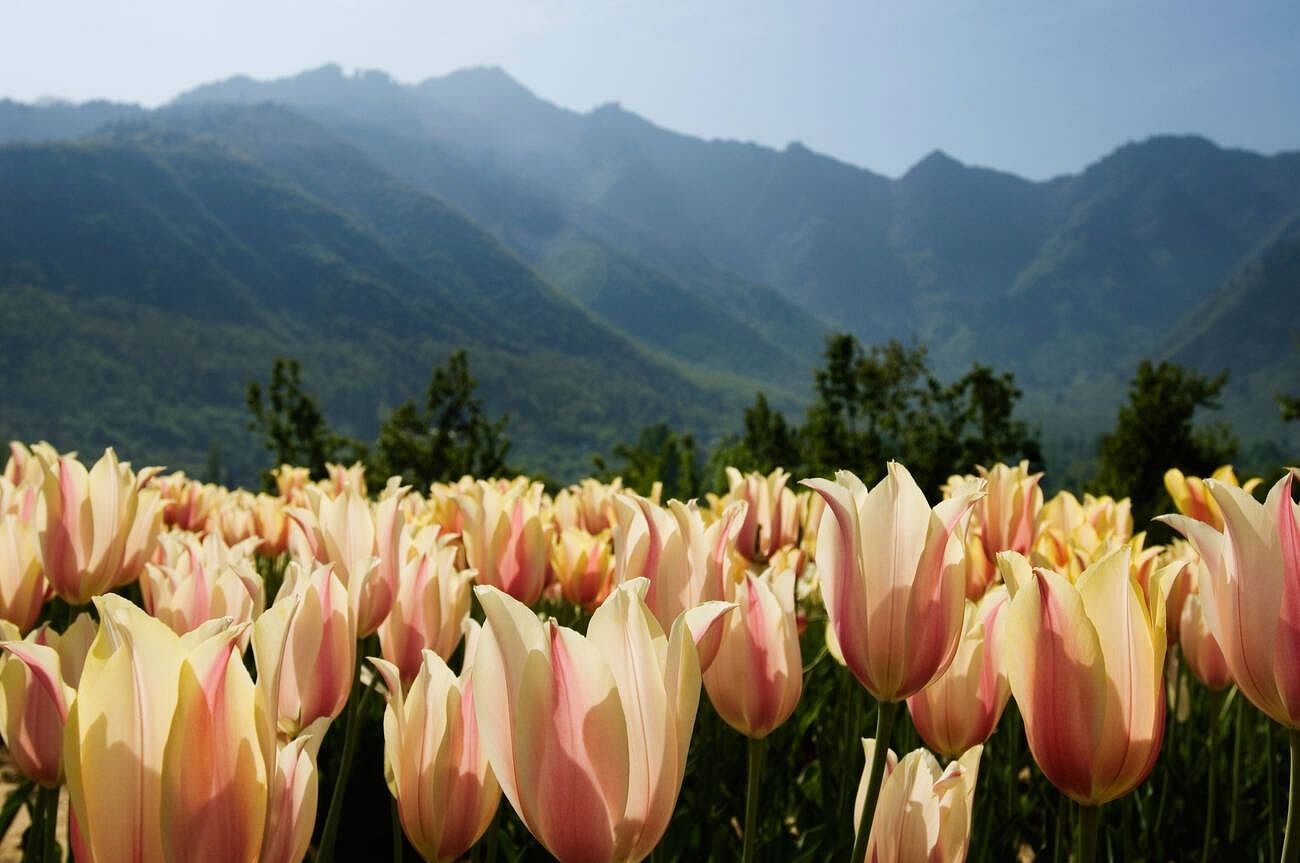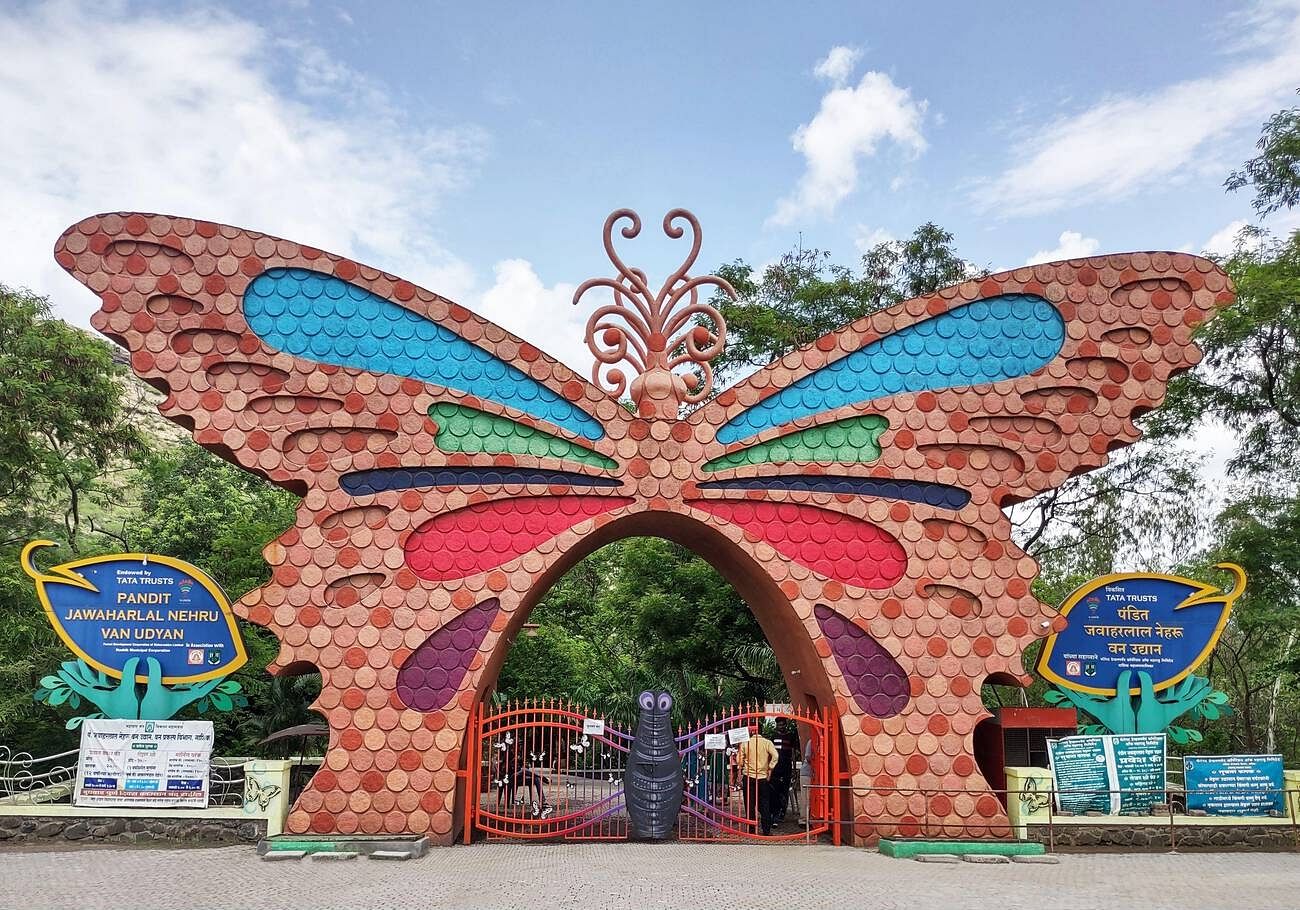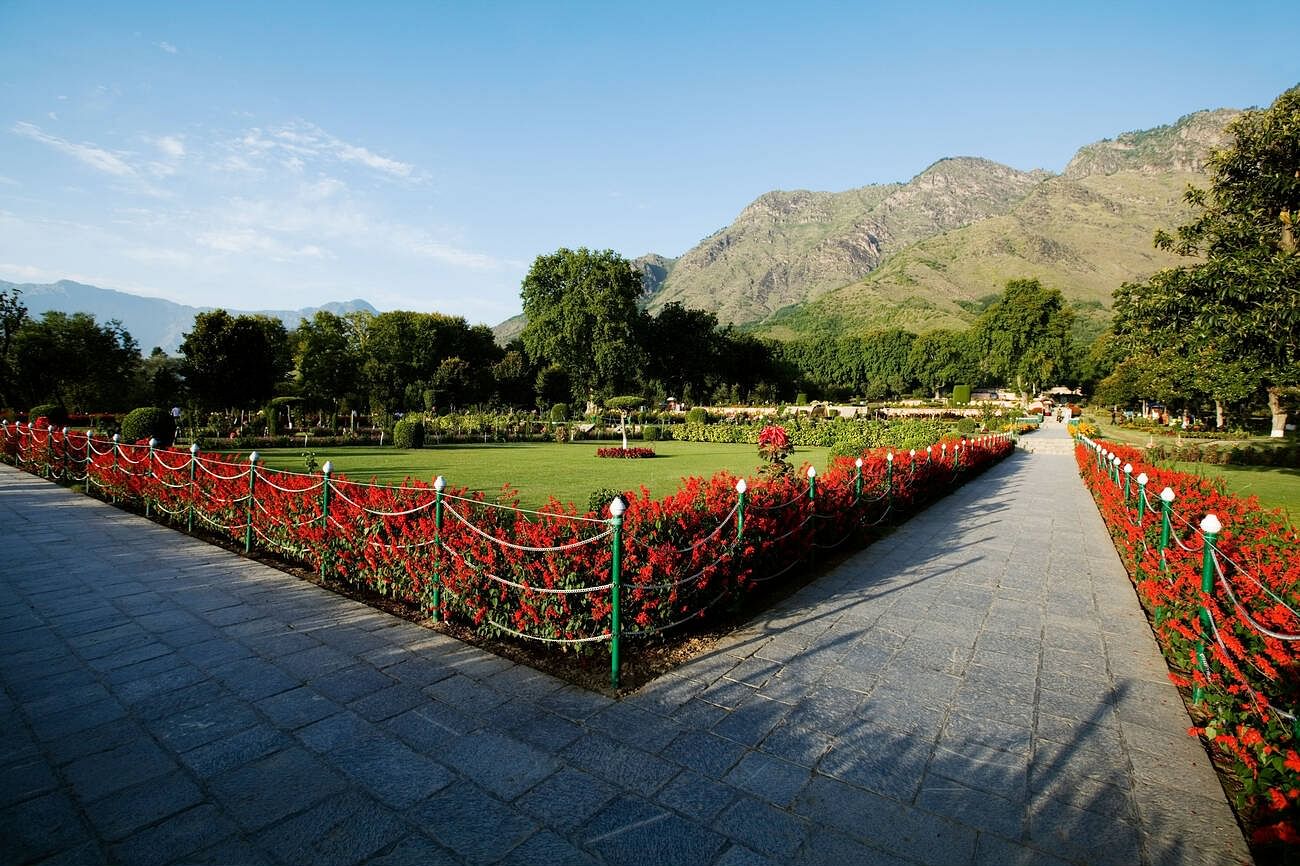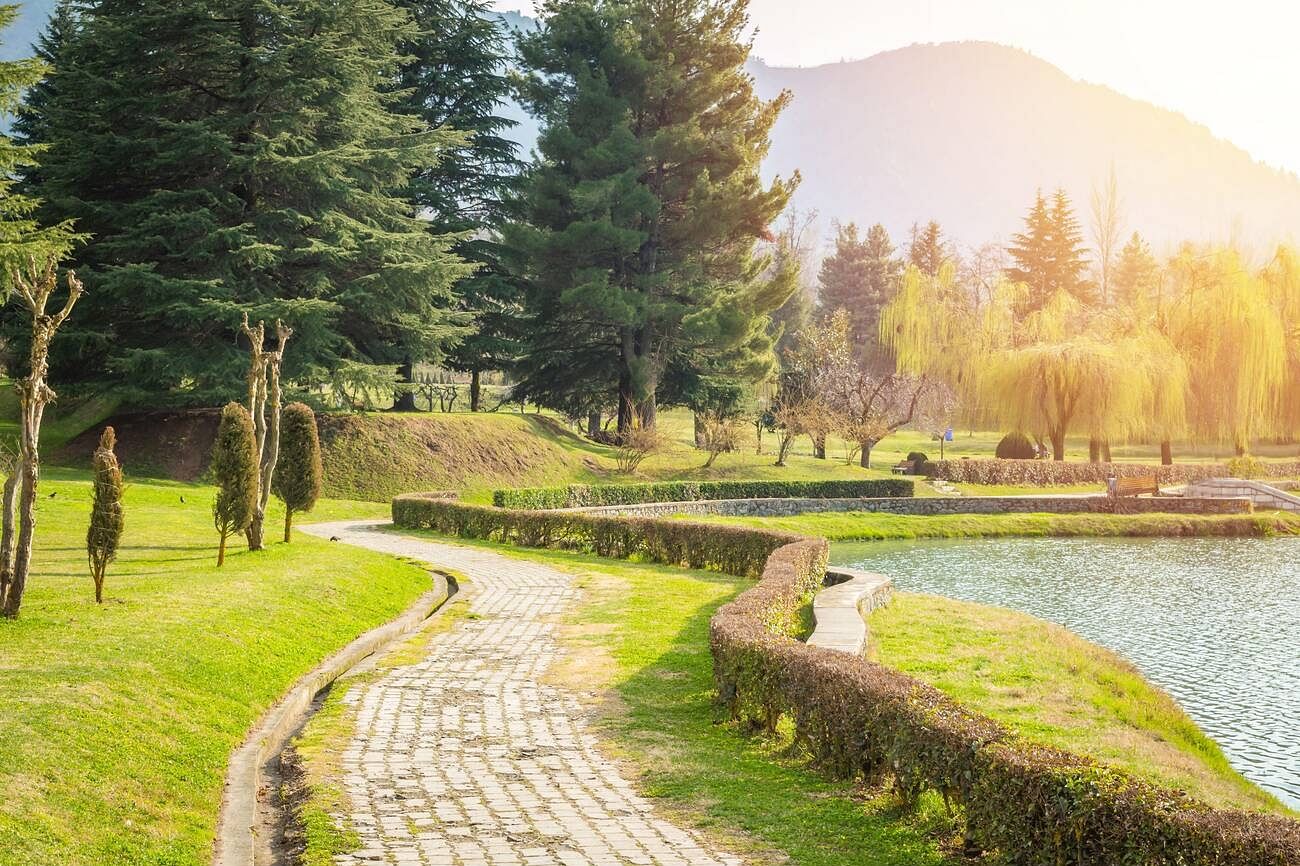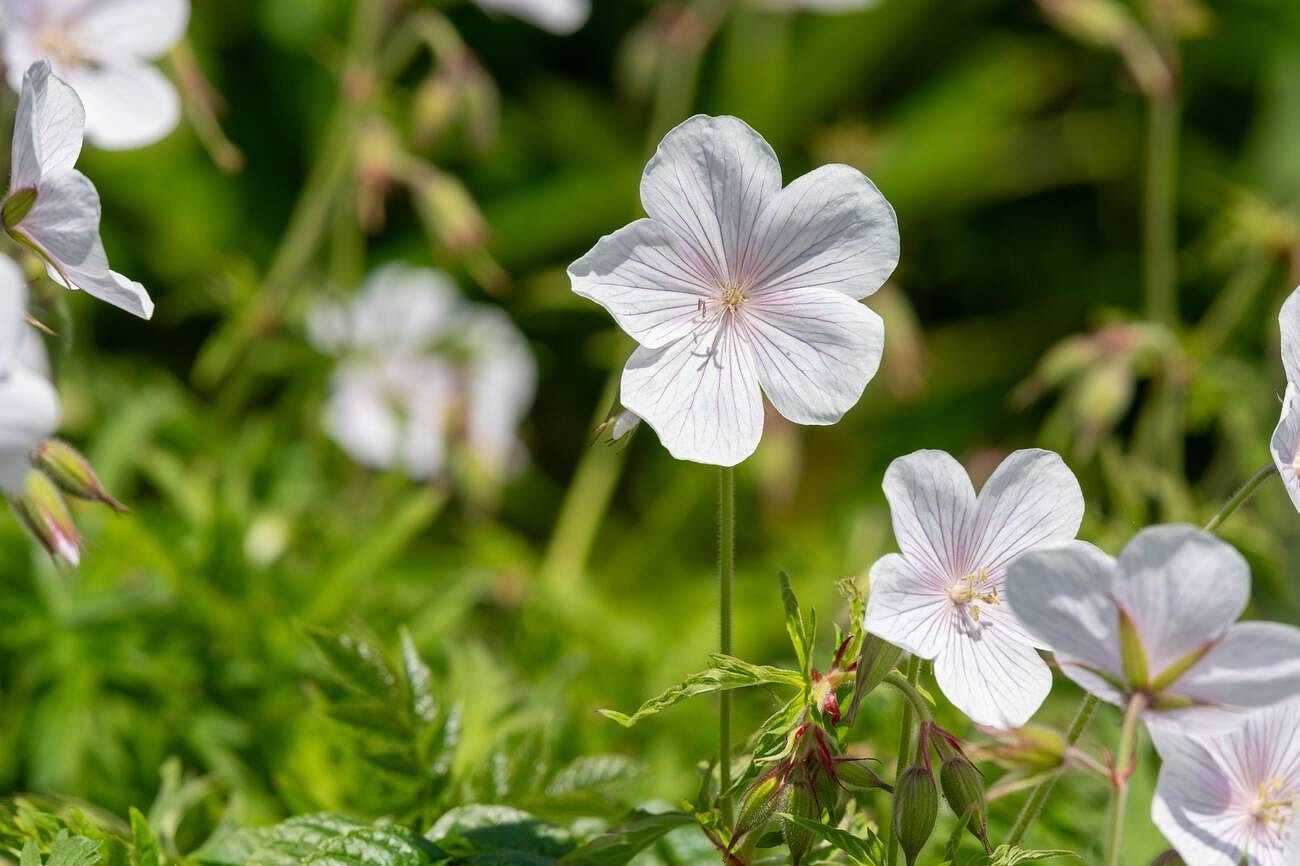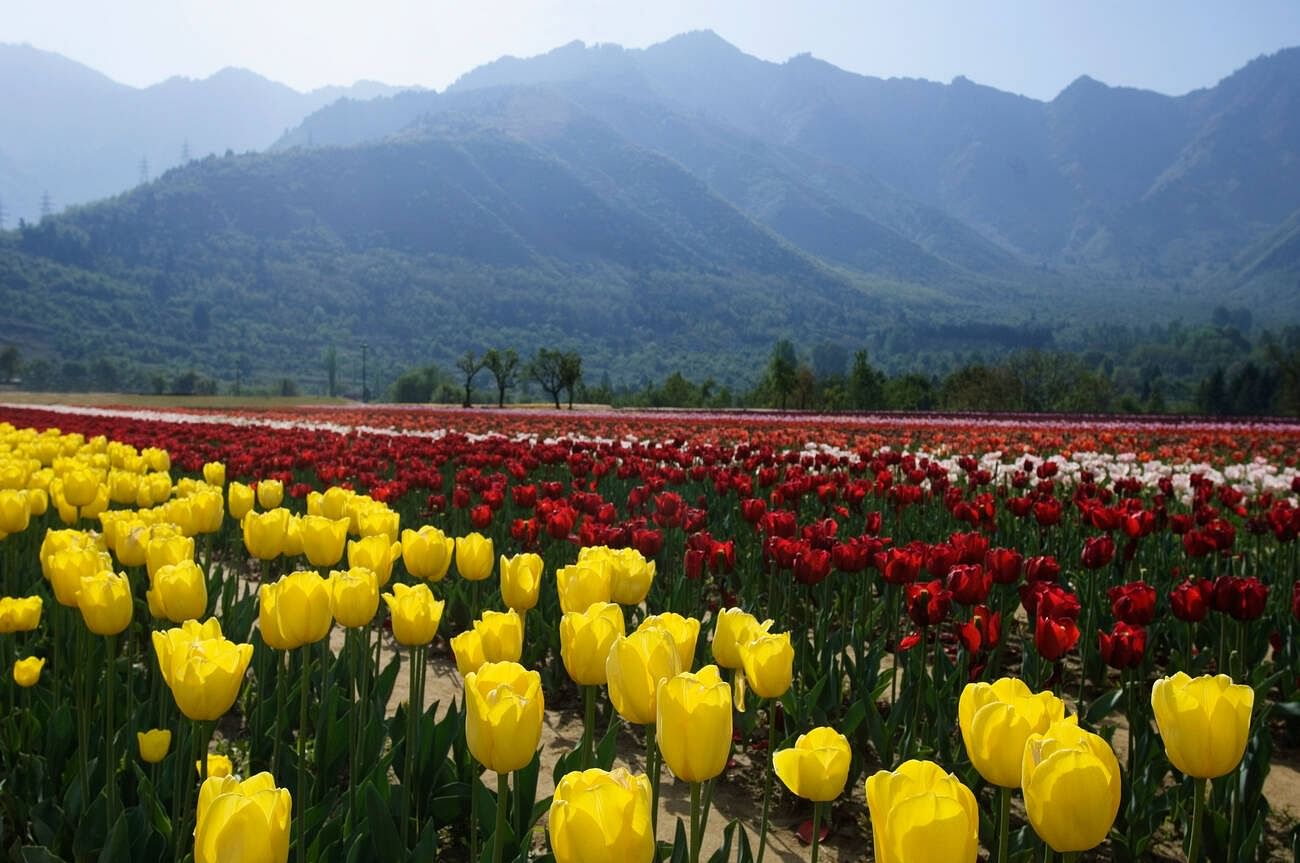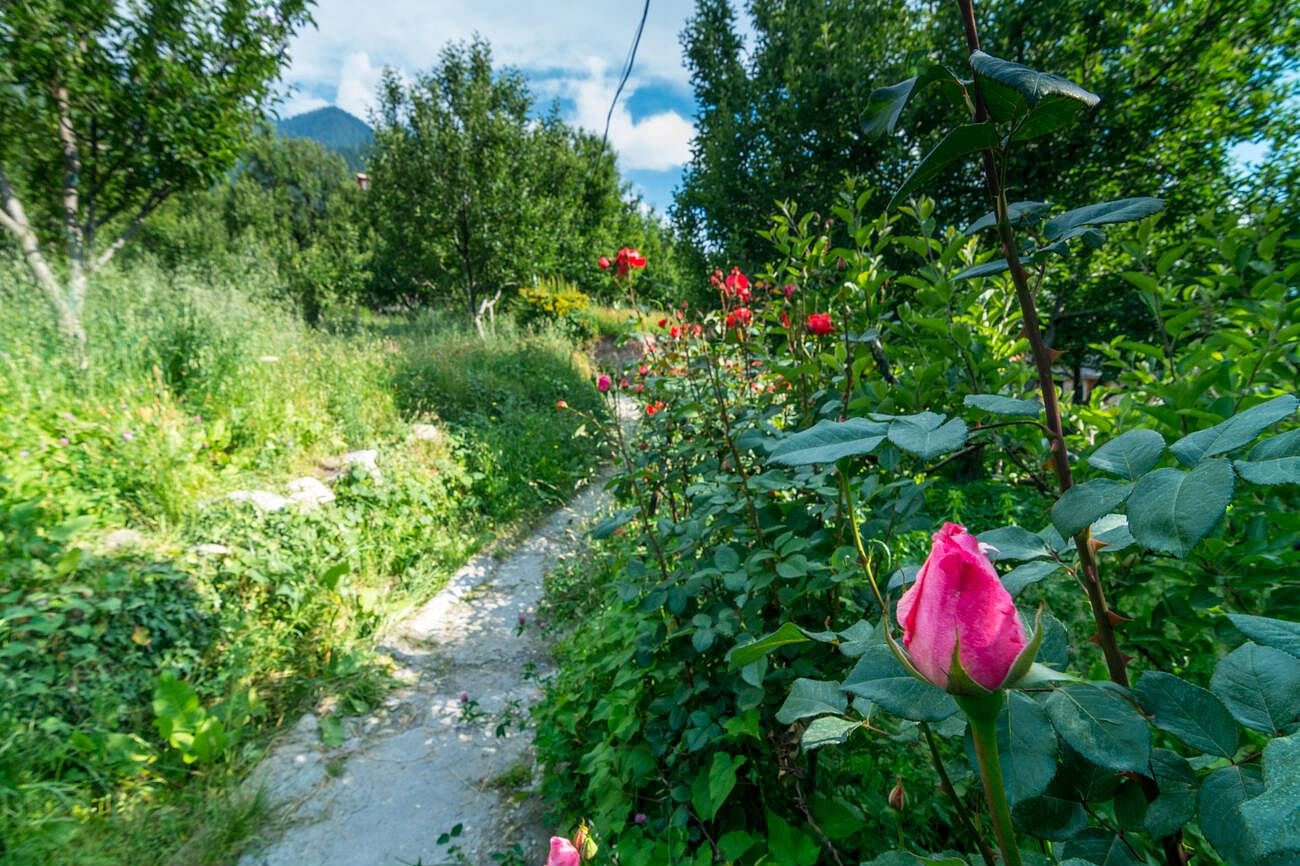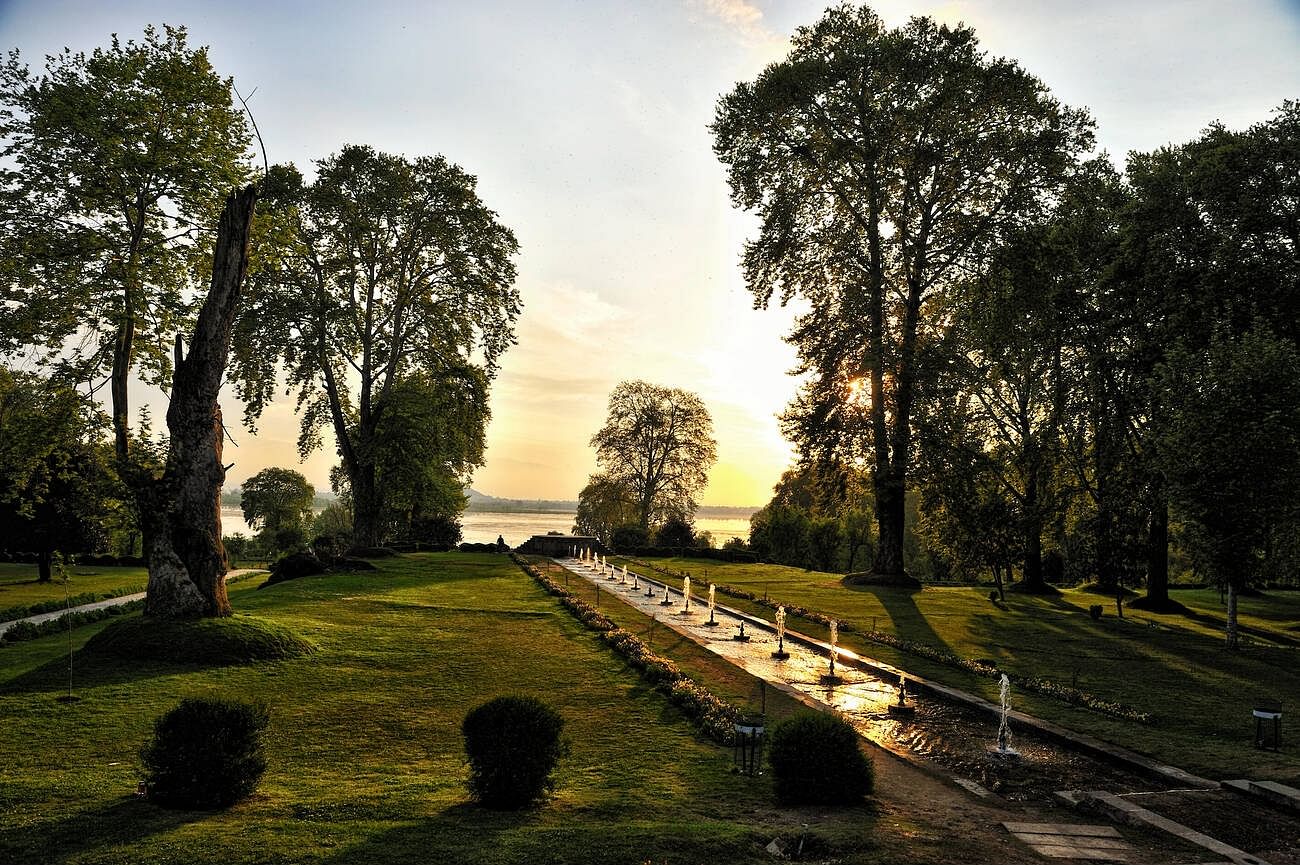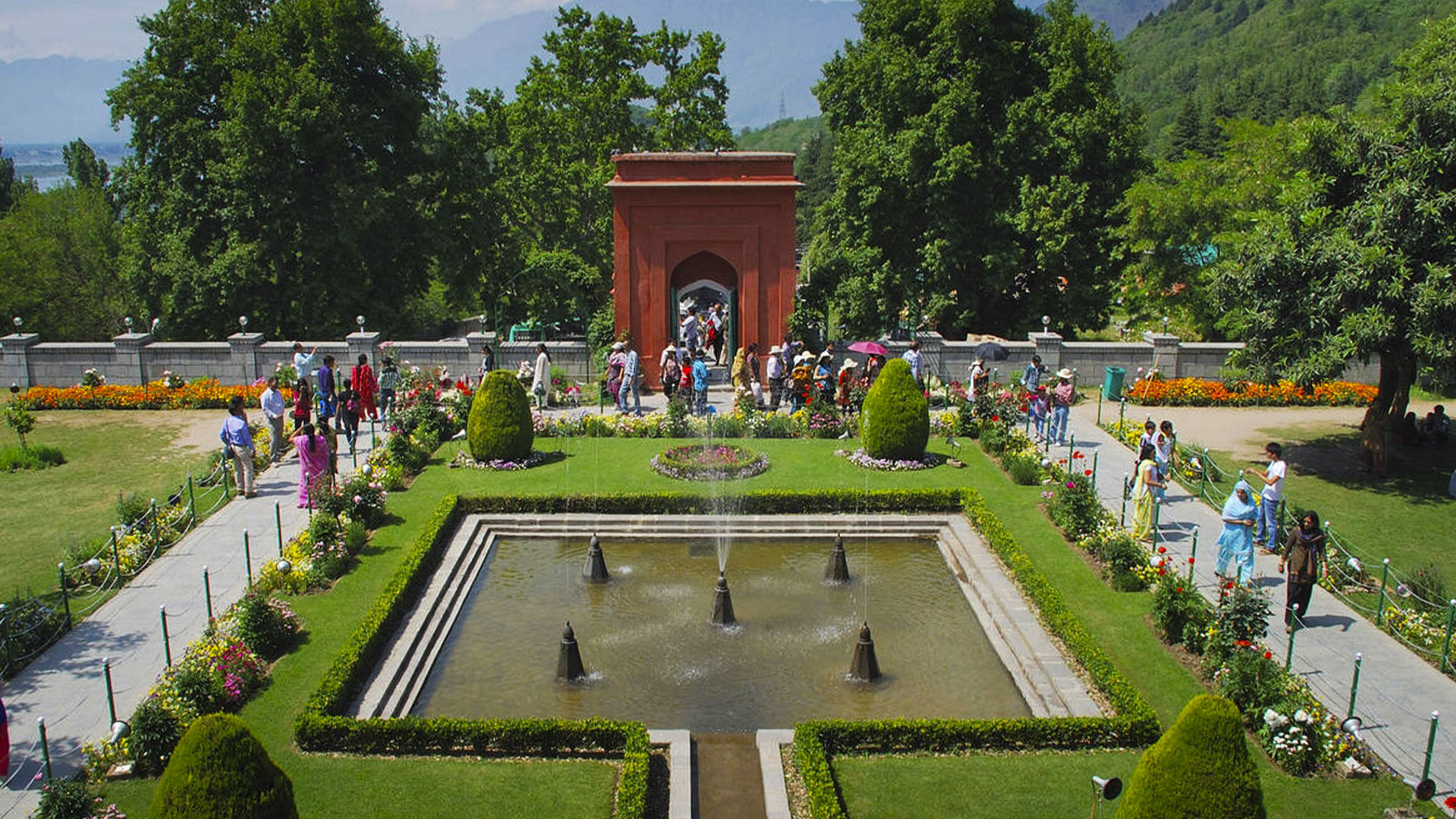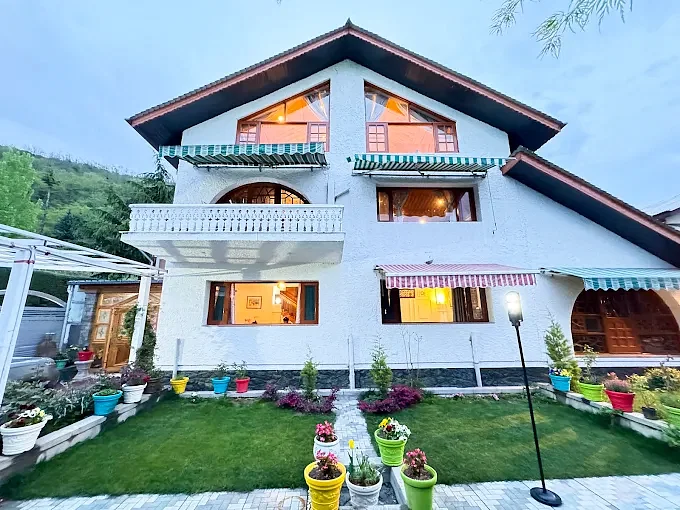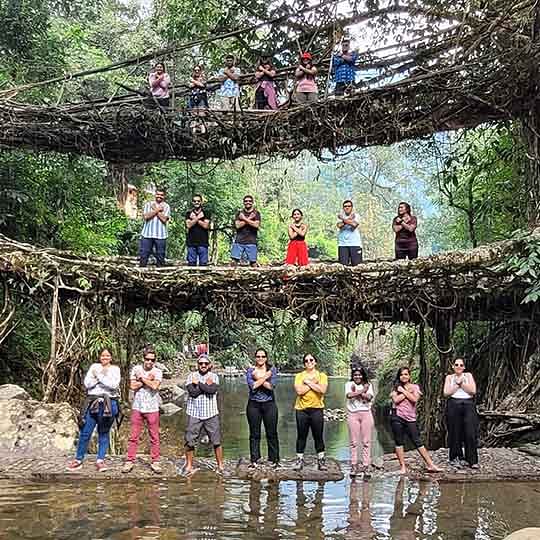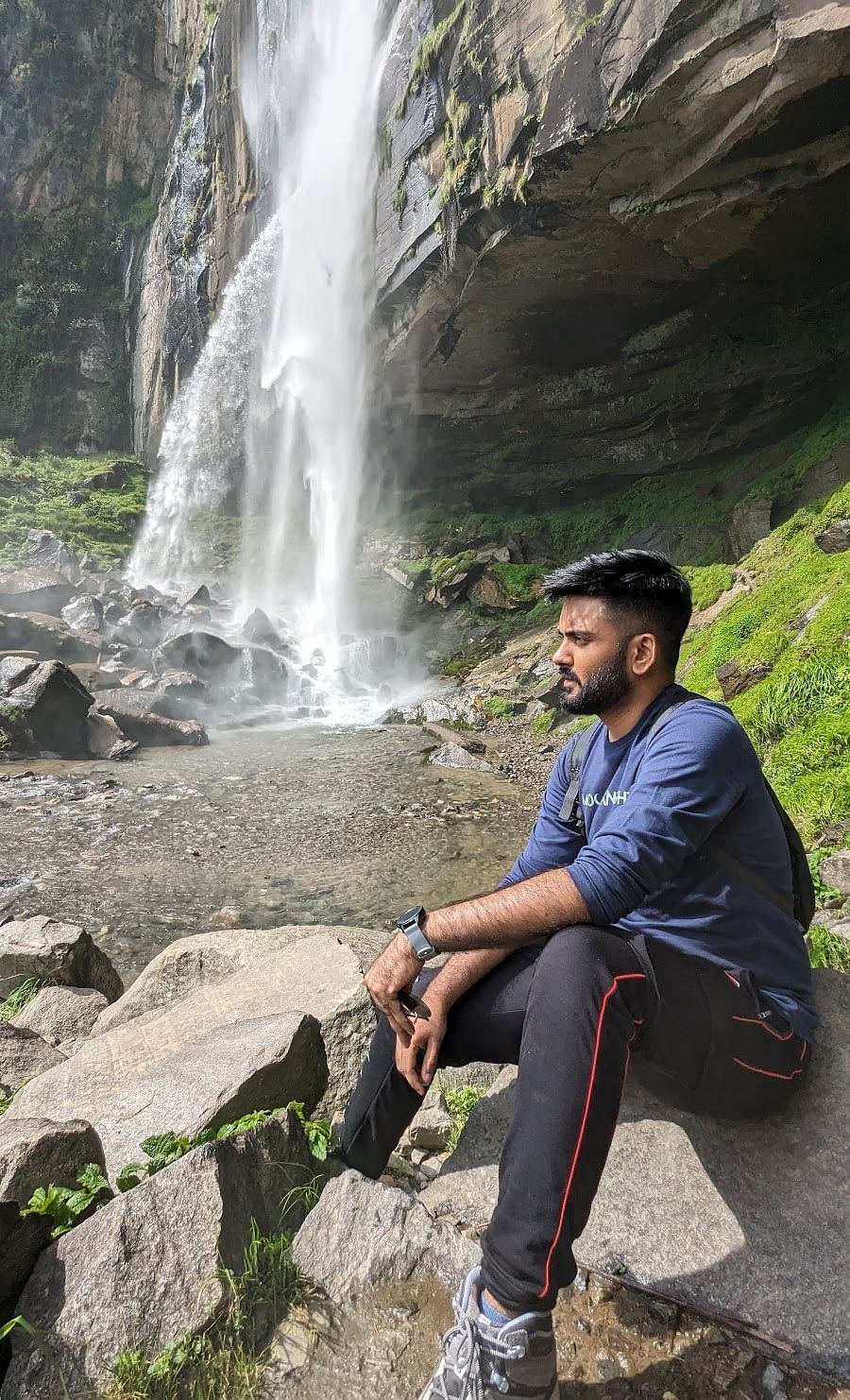Walking through Srinagar last month, we stumbled upon the Botanical Garden of Kashmir and honestly wished we had found it sooner. Most people hurry to Dal Lake and forget about this place, though it's really quite cool.
The garden isn't huge, but it's filled with local plants and flowers you won’t find anywhere else. We enjoyed strolling around and seeing different herbs used by locals for medicine. Plus, it's super quiet - no crowds pushing you around like at other spots.
Best time to go? Spring, hands down. The flowers are crazy beautiful then. Our last group got some amazing photos there. Even if you're not a plant person, it's just nice to chill here for a bit.
The entry fee is nothing, and you can easily spend an hour or two there. When we're showing people the best places to visit in Kashmir, this garden always makes the list because it gives you a break from all the touristy chaos.
That's exactly why we include spots like this in our Kashmir tour packages - they show you the real side of the valley that most people miss.
Why Visit the Botanical Garden of Kashmir?
The Botanical Garden of Kashmir is a large, well-maintained garden that offers something for everyone. It was set up in 1969 and is also known as the Jawaharlal Nehru Botanical Garden Srinagar, in honour of India’s first Prime Minister. It’s located close to Dal Lake and surrounded by the scenic Zabarwan Hills, which makes it not only beautiful but also easy to reach.
When we walk into the garden, the first thing we notice is the calm atmosphere. Unlike some of the more crowded tourist places. The Jawaharlal Nehru Botanical Garden Srinagar, allows us to slow down and enjoy nature. The birds chirping, the breeze through the trees, and the colours of the flowers together create a peaceful setting that’s hard to find elsewhere.
Attractions and Highlights of Botanical Garden in Kashmir: What to See
One of the main reasons people visit is the wide variety of plant life. The garden is home to hundreds of species of plants, flowers, trees, and medicinal herbs. Here are some of the attractions and highlights of Botanical Garden in Kashmir:
- Ornamental Garden: Home to around 150,000 ornamental plants, including azaleas, tulips, dahlias, lilies, and roses, beautifully arranged in terraced flower beds. These vibrant displays make it a top spot for photography and leisurely walks through bursts of seasonal colour.
- Herbal Garden: If you’re interested in Ayurveda or traditional medicine, this area will fascinate you. It has medicinal plants used in Kashmiri and Indian medicine.
- Greenhouses and Nursery: The garden includes a Plant Introduction Centre and Research Section, where researchers work on plant conservation and propagation. A central greenhouse houses rare Himalayan orchids and other delicate species, offering insight into botanical study.
- Boating Lake: Yes, there’s a small lake inside the garden where you can enjoy paddle boating, especially if you're with children or family. A 17-hectare lake sits at the heart of the garden. You can enjoy a paddle boat ride, especially fun for families with kids.
- Open Lawns and Picnic Areas: There are large lawns with shady trees where you can sit, eat, or relax.
The garden is not just for nature lovers. It’s also a great educational spot for students and plant researchers. Even if you’re not a botanist, there’s plenty here to enjoy.
Do check out: Mesmerising Kashmir Expedition For 4N/5D.
Botanical Garden Srinagar Timings
The garden is open every day of the week, including weekends and holidays. The Botanical Garden Srinagar timings are:
- Summer (April to October): 9:30 AM to 6:30 PM
- Winter (November to March): 10:00 AM to 5:00 PM
We recommend visiting in the morning or late afternoon, especially during summer, when the sun is softer and the garden looks magical with golden light. You’ll also avoid the midday crowd this way.
Botanical Garden in Srinagar Ticket Price
The best part? Visiting this beautiful place doesn’t cost much. The Botanical Garden in Srinagar ticket price is usually around:
- ₹30 for Indian adults
- ₹15-20 for children
- Slightly higher for foreign tourists
- Camera charges may apply for professional equipment
It’s a very affordable experience for families and groups. You can spend hours inside without worrying about your budget.
Botanical Garden Srinagar Location
The Botanical Garden Srinagar location is right along Boulevard Road, which runs next to Dal Lake. It’s very easy to find because it's surrounded by other popular spots like Chashme Shahi, Pari Mahal, and the Tulip Garden. So if you’re exploring the Mughal gardens of Srinagar, you’ll most likely pass this place.
From Lal Chowk (the city centre), the garden is just a 20-25 minute drive, and it’s a very scenic ride. You’ll see Dal Lake on one side and the hills on the other, making the journey just as enjoyable as the destination.
How to Reach Srinagar Botanical Garden
Now, how to reach Srinagar Botanical Garden? There are several ways:
1. By Air
- Most visitors fly into Sheikh ul‑Alam International Airport (also known as Srinagar International Airport).
- The garden is about 19-22 km from the airport.
- A taxi from the airport will take around 40 minutes to get you there, depending on traffic and the scenic route via Boulevard Road.
2. By Road (From Srinagar City or Nearby Cities)
From Central Srinagar (e.g., Lal Chowk):
- It’s only 8-10 km away-roughly a 20-25 minute drive via Gupkar/Boulevard Road.
- You'll pass beautiful landmarks like Dal Lake, Mughal Gardens, and Chashme Shahi along the way.
From Jammu Tawi or Other Cities:
- If you're arriving by train, the nearest railway station is Jammu Tawi, which is about 300 km away. From there, tourists usually take a bus or hire a taxi to Srinagar and then another ride to the garden.
- The city is connected by highways (like NH 44), which link it to Delhi, Chandigarh, and other major cities.
3. Public Transport Options
- Private taxis and auto‑rickshaws are widely available in Srinagar. From Lal Chowk or other city points, a ride costs quite an affordable price and takes about 20-25 minutes.
- Some local buses run along Boulevard Road near Dal Lake, but they don’t always stop right at the garden gate. Taxis or autos are more reliable.
4. By Water + Road (A Scenic Combo!)
- While you can’t reach the garden by boat, you can enjoy a shikara ride on Dal Lake first, then take a short auto or taxi ride to arrive dry but with a smile.
- It’s a lovely way to ease into your garden visit with a bit of lake charm.
If you’re taking a full-day sightseeing tour of Srinagar, the garden is usually included in most local travel packages.
Best Time to Visit Srinagar Botanical Garden
The best time to visit Srinagar Botanical Garden depends on what you want to see. Here's a quick guide:
- Spring (March-April): This is the most colourful time. Flowers are in full bloom, and the nearby Tulip Garden is also open.
- Summer (May-June): The garden is lush and green, perfect for long walks and boat rides.
- Autumn (September-October): The trees turn golden and the garden looks like something out of a postcard.
- Winter (November-February): It's quieter and peaceful, but not as colourful. Some areas may be closed due to snow.
Overall, April to October is the most recommended time to visit for the best experience.
Nearby Attractions to Srinagar Botanical Garden
You can easily combine your visit to the garden with other lovely places nearby. Here are some nearby attractions to Srinagar Botanical Garden:
- Chashme Shahi - A beautiful Mughal garden known for its natural spring water.
- Pari Mahal - An old monument on a hilltop, offering beautiful views of Dal Lake and the city.
- Indira Gandhi Memorial Tulip Garden - Just a few minutes away, open in spring only, and full of colourful tulips.
- Nishat Bagh and Shalimar Bagh - Two of the largest and most famous Mughal gardens, perfect for those who love history and greenery.
- Dal Lake - You can enjoy a Shikara ride before or after your garden visit.
These nearby attractions to Srinagar Botanical Garden make it possible to plan a full day of sightseeing without too much travel.
Also Checkout: 6 Days Tour to the Jewels of Kashmir
Hotels Close to Botanical Garden
If you want to stay nearby, there are many good hotels close to Botanical Garden in all price ranges. Staying in this area also gives you easy access to the lake and the other gardens.
Here are some good options:
1. Tree of Life Lakeside Cottage
- Approx. 1.1 km from Botanical Garden
- A cosy, boutique lakeside stay with free Wi‑Fi and charming views of nearby Dal Lake. Great for couples and small families.
2. Taj Dal View Srinagar
- Approx. 1.1 km from the garden
- A mid‑to‑luxury property with lake views, spa services, and a full breakfast included. Highly rated (4.5/5) and ideal for a relaxing stay.
3. Hotel Metropolis
- Just over 1 km away
- A solid 3-star choice with free Wi‑Fi, comfortable rooms, and excellent guest ratings (4.5/5). Clean, friendly, and convenient.
4. Hotel Riviera Srinagar
- About 1.1 km from the garden
- Another budget-friendly option offering great comfort, free Wi‑Fi, and a relaxed atmosphere.
5. The Lalit Grand Palace Srinagar
- Roughly 2 km away
- A glitzy luxury option with sprawling gardens, an indoor pool, spa, golf course, and free Wi‑Fi. Perfect for a little extravagance.
6. Bloom Boutique – Dal Lake
- Approx. 1.2 km away
- A charming boutique with lake views and warm host staff. It’s a quiet, stylish retreat that combines comfort and style.
7. Qayaam Gah
- About 2.2 km from the garden
- A rustic, family-friendly lodge offering free breakfast and a peaceful, lovely stay. Great for travellers seeking calm and local flavour.
8. Houseboats on Dal Lake
- Around 1.8–3.5 km away
- For a one-of-a-kind Kashmir experience, choose a houseboat (e.g., Prince of Kashmir Houseboat, Young Manhattan Houseboat). They offer unique lakefront living with traditional beauty.
All these hotels close to Botanical Garden are within 3-5 km of the garden, so you can easily plan your day trips.
What to Pack and Tips for Visiting
If you're planning a visit, here are a few helpful tips:
- Wear Comfortable Shoes: The garden is big, and you'll be walking a lot.
- Carry Water and Light Snacks: There are some vendors outside, but it’s best to have your own bottle and some munchies.
- Respect the Garden Rules: Don’t litter, don’t pluck flowers, and be gentle with plants.
- Photography: Mobile photography is fine, but check for extra charges if you're carrying a DSLR.
- Plan for Half a Day: The garden is relaxing, and once you’re inside, you won’t want to rush.
The Botanical Garden of Kashmir is a place where nature, beauty, and peace come together. It may not be as famous as the Tulip Garden or Mughal Gardens, but once you visit, you’ll realise it has a charm of its own.
Walking through flower beds, sitting under tall trees, boating on a quiet lake - it’s the kind of experience that stays with you. Whether you’re looking for a break from busy tourist spots or just want to enjoy a calm afternoon in the middle of nature, the Botanical Garden of Kashmir is a perfect choice.
So next time you’re in Srinagar, take some time out and explore this green paradise. You won’t regret it.




